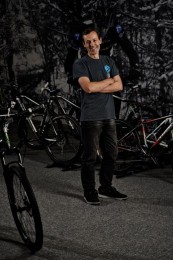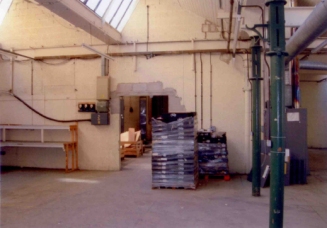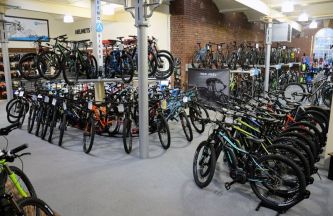Better bikes for kids
Cycling is a great activity, whatever your age, so introduce your children to the joy of two wheels as soon as you can. From runner bikes, scooters and tricycles, there’s a huge selection to choose from. It’s just a matter of measuring up the best bike for your child so they can find their balance and coordination, build up their cycling confidence and eventually move onto larger wheel sizes.
As well as the convenience of having kids who can transport themselves and don’t need a constant taxi service, lots of research shows that children who cycle are more confident and independent. And, of course, it’s also great exercise – there’s even evidence from teachers that children who walk or cycle to school are more alert and perform better in class.
What’s more, the advances in materials and technology which have transformed adult cycling in recent years have also hugely improved children’s bikes which are now considerably lighter weight and perform better. These lightweight aluminium frames takes the strain out of cycling making it easier to pedal up hills with just the freewheel down to look forward to!
Safety is, of course, paramount, so the starting point is to invest in a quality, new bike to ensure that your child not only has the right size bike, but also that it is in good working order. Secondhand bikes are obviously more of a risk as you don’t know what damage might have been done to them previously. It’s also important to check that the bike is marked as conforming to British safety standard BS6102/1 and that it has separate front and back braking systems.
All of the leading brands such as Trek, Giant and Cube offer an excellent selection of bikes specifically designed for children. A reputable bike retailer will advise on the best size for your child – while it’s tempting to buy a bike that your child can grow into, a bike that is too big (or too small) can be dangerous. Remember, you can always raise the height of the seatpost and handle bar stem as necessary.
There’s even a range of bikes called the Orbea Grow which may well save you a few upgrades as they have been specially designed so that they can be extended as your child gets bigger. The Grow series starts with the 0 balance bike for two year olds, moving to geared 1 and 2 models with pedals. The frame is adjustable in three directions, including lengthening the frame, in order to accommodate growing bodies and it is estimated that the Grow 2 will accommodate children from around five and a half to nine years of age. Built with aluminium frames, they are also compact and light.

Orbea Grow 2 7V
For a first bike, your child should be able to sit comfortably with the seat at its lowest setting and just reach the ground with the balls of his or her feet. Check that he or she can brake, turn the handlebars and change gear without over-stretching. Generally, bikes for 5-8 year olds tend to have 20″ wheels; those for 9-11 year olds usually have 24″ wheels; and 26″ wheels are recommended for children over 11 years of age. As your child becomes more confidence, you can make slight increases to the seat height until he or she can just reach the ground on tip toes, giving a more efficient riding position.
As well as a shiny new bike, it’s also important to invest in a new, good quality cycle specific helmet that fits your child properly. While cycling helmets are not mandatory in the UK, we highly recommend them. Another tip is to buy mudguards, many new bikes don’t come fitted with mudguards, but they’re certainly worth having to make cycling in bad weather more comfortable – and save on washing! If you think your child may be cycling at dusk or night, you’ll also need lights and there are lots of really powerful, rechargeable lights now available.
There’s no doubt that most children love the fun and freedom of cycling, so get them started young and their bike might become their favourite way of getting around!




